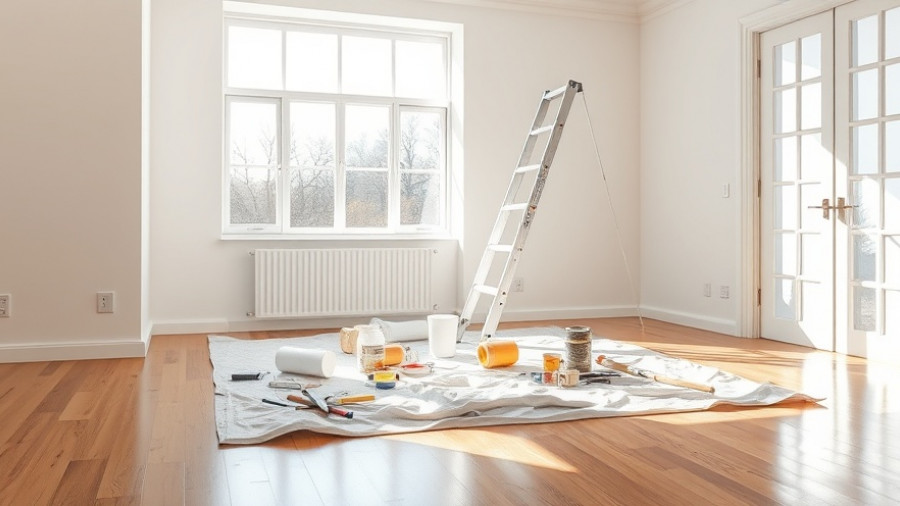
Understanding the Complex Value of Pools
When it comes to enhancing your home's worth, many homeowners ponder the question: does a pool increase home value? The answer is less about a straightforward yes or no, and more about a tapestry of influencing factors that weave together to inform your decision. A recent exploration into this topic highlights key considerations that can make or break your home’s valuation.
Key Factors That Influence Home Value
The value that a swimming pool can add to a home hinges on various elements such as location, climate, and neighborhood standards. For instance, in regions with warm weather, pools provide a refreshing retreat that homeowners use year-round. In contrast, colder climates may yield less enthusiasm for a pool, resulting in minimal added value or even perceived drawbacks concerning maintenance.
According to real estate sources, the average return on investment (ROI) for installing a pool is estimated at around 7%. However, this encompasses a wide range of disparities based on local housing market conditions. In thriving areas such as Los Angeles, some pools can appreciate a property’s value significantly, sometimes adding as much as $100,000. On the contrary, locations where pools are less prevalent may see the opposite effect, limiting buyer interest.
The Type of Pool Matters
Not all pools yield equal returns. The distinction between in-ground and above-ground pools is particularly noteworthy. Generally, in-ground pools command higher valuations in the real estate market. On the other hand, above-ground pools tend to offer little in terms of resale appeal, as they are often viewed as temporary arrangements. Maintaining a pool’s condition is equally important; a well-kept pool invites prospective buyers, while one in disrepair can detract from a property’s appeal.
Investment Considerations
Pool installation comes with a hefty price tag, ranging from $50,000 to $100,000 or more, not to mention ongoing annual maintenance expenses averaging between $1,200 and $1,800. When contemplating the addition of a pool, it’s crucial to consider these costs against your potential ROI. Understanding the financial responsibility associated with pool ownership helps homeowners make informed choices that align with their financial goals.
Neighborhood Norms That Shape Buyer Expectations
Local real estate trends play a significant role in determining if adding a pool is a wise investment. In neighborhoods where pools are commonplace, a home lacking one might see its value diminished. Conversely, in areas where pools are a rarity, the presence of one can attract buyers, yet it might also narrow the potential buyer demographic. Understanding these community norms becomes vital for homeowners contemplating this improvement.
Conclusion: Weighing Your Options Carefully
Considering whether to install a pool can feel overwhelming, but it doesn’t have to be. By analyzing location, type, and neighborhood trends along with weighing the associated costs, you can make a more calculated decision. Although a pool has the potential to enhance your home’s value, the ultimate impact is highly context-dependent. For those seeking to improve your property’s worth, knowledge and insight are your best tools.
Take charge of your home investment today by exploring community standards, weighing cost versus value, and determining if a pool aligns with your long-term plans.
 Add Row
Add Row  Add
Add 




Write A Comment